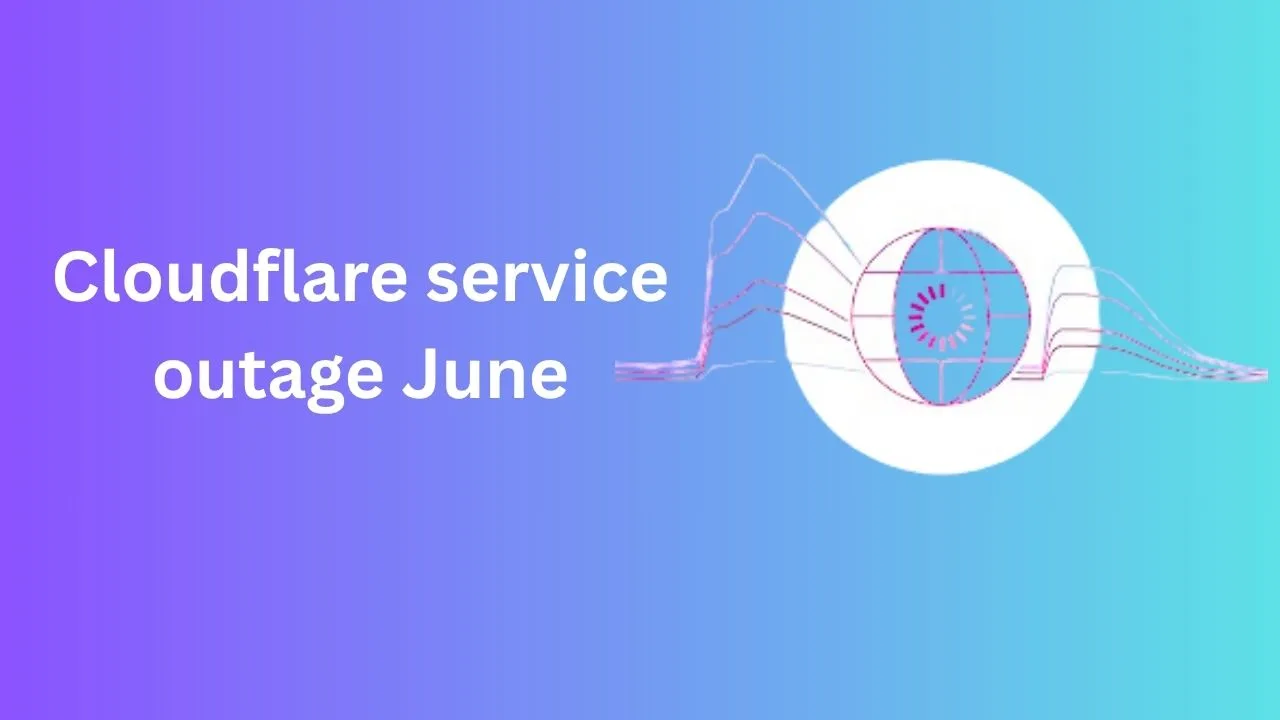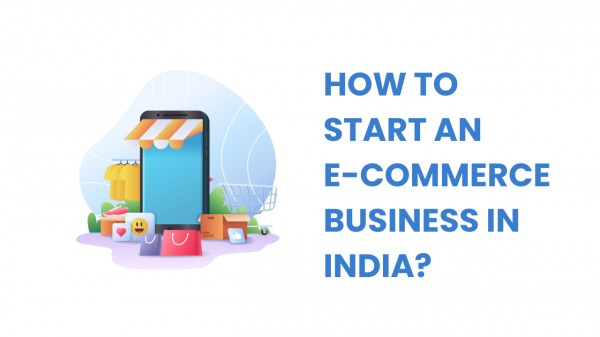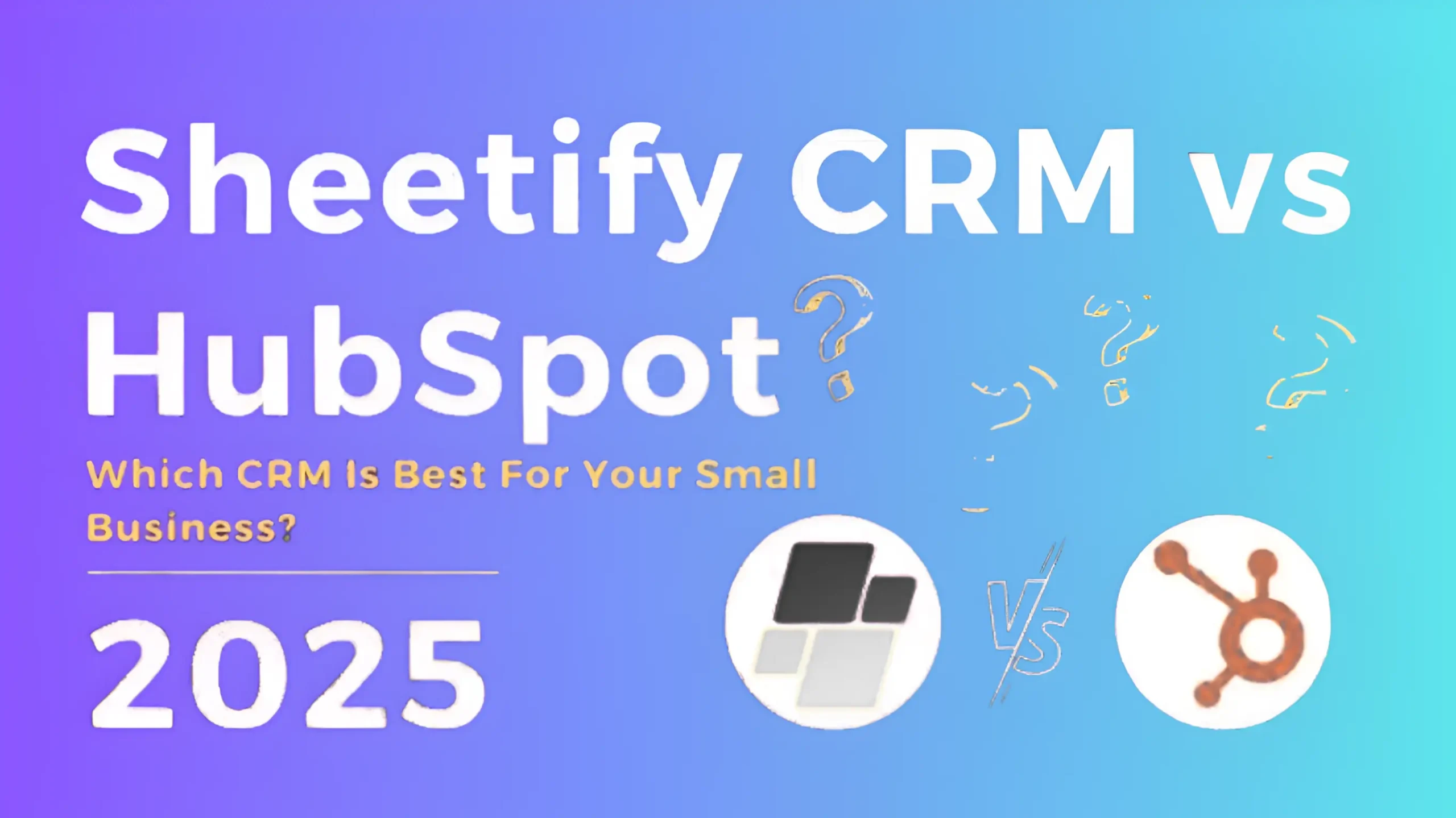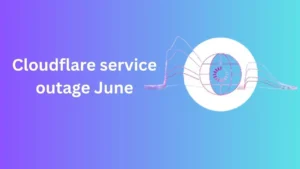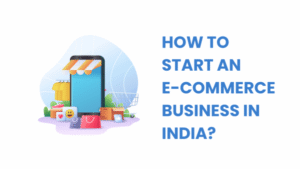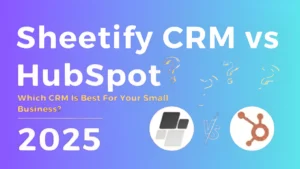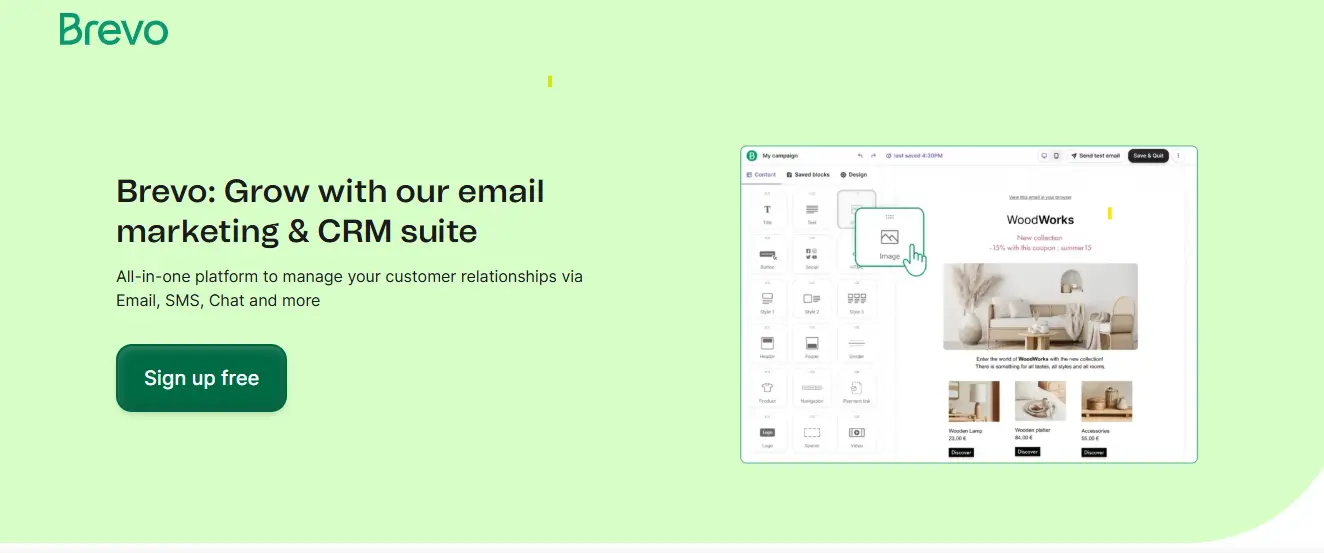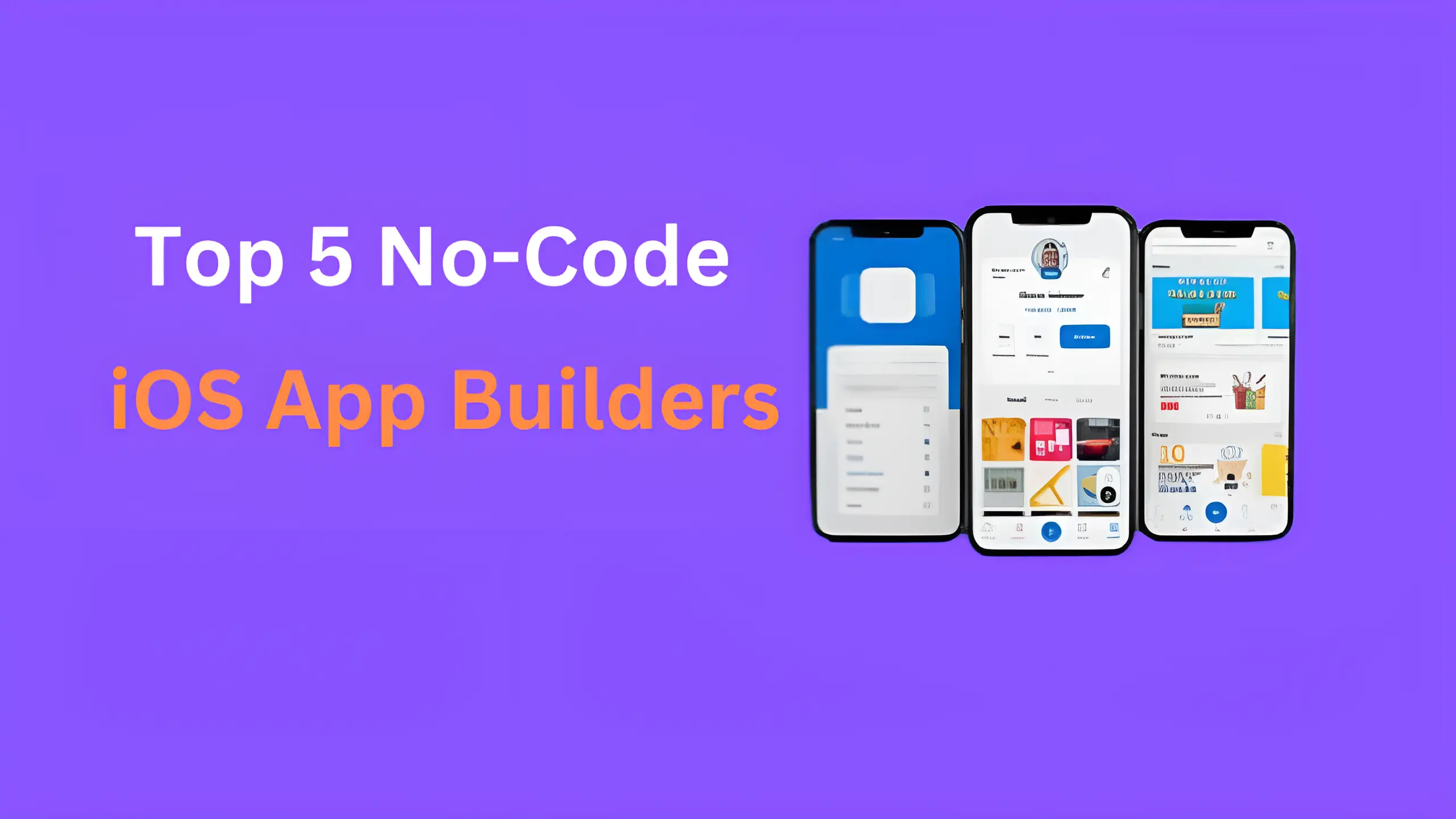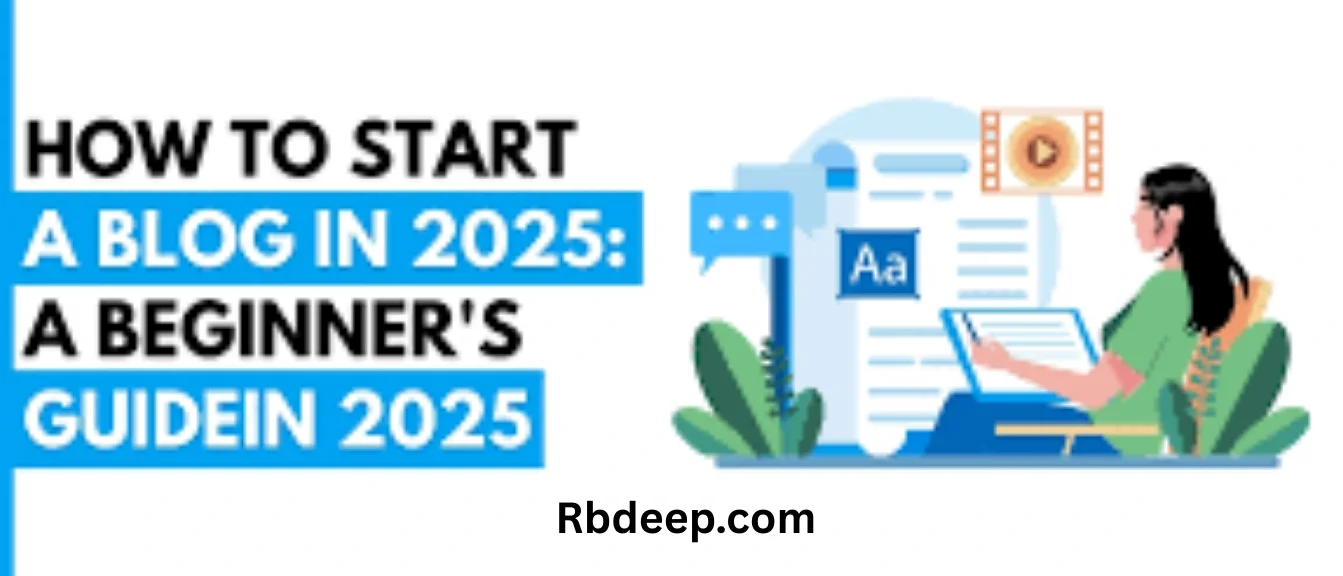In today’s rapidly evolving digital world, marketers are constantly looking for more accurate, efficient and impactful ways to reach their target audiences. One innovation that’s making waves is GEO – an umbrella term that includes geotargeting, geofencing and broader geolocation optimization strategies. GEO isn’t just a buzzword – it’s a digital revolution that fundamentally changes the way businesses connect with customers based on their physical location in real-time.
What is GEO?
GEO in digital marketing refers to the use of geographic location data to deliver personalized and relevant marketing messages to users based on their location. It primarily involves:
Geotargeting – Serving content or ads based on a user’s general location (country, state, city).
Geofencing – Setting up a virtual perimeter around a specific geographic area to trigger real-time alerts, ads, or notifications when a device enters or exits the area.
Location-Based Data Optimization – Analyzing customer behavior by location to optimize campaign effectiveness.
Together, these tools make GEO a powerhouse in hyper-personalized, real-time marketing strategies.
How GEO is Revolutionizing Digital Marketing
1. Hyper-Personalization
Traditional segmentation based on demographics is no longer enough. GEO enables marketers to serve real-time location-specific content, promotions, and advertisements. For instance:
A fast-food chain can send a mobile offer to users who walk within 200 meters of a location.
Retailers can promote in-store discounts based on a shopper’s proximity.
2. Increased ROI on Ad Spend
Location-based ads lead to higher conversion rates. Instead of broadcasting messages to a broad audience, GEO enables laser-focused targeting—ensuring you only reach those who are likely to take action due to their geographic context.
3. Real-Time Engagement
With GEO, businesses can respond to users in the moment—at events, near stores, or inside specific locations. This enhances user experience and improves engagement levels.
4. Local Business Empowerment
For small and medium enterprises, GEO helps level the playing field by allowing them to compete locally using precise targeting and timely promotions.
5. Data-Driven Decision Making
GEO provides access to powerful behavioral and geographic analytics, helping marketers optimize everything from store layouts to advertising schedules based on actual customer movements.
Core Components of GEO Technology
● GPS and Cellular Data
GPS is the backbone of GEO. It allows marketers to locate a user within a few meters of accuracy. Cellular triangulation offers backup support where GPS isn’t available.
● Wi-Fi and Bluetooth Beacons
Used in micro-location tracking (inside malls, airports, stores), these technologies provide detailed insights into consumer movement patterns.
● IP Address Targeting
Useful for desktop geotargeting, though less precise than mobile-based options. It allows targeting users by city or ZIP code.
● Geofencing Platforms
Tools like Radar, Factual, and Bluedot enable businesses to create, manage, and analyze geofences for marketing purposes.
Popular Applications of GEO in Marketing
1. Retail and E-Commerce
- Push notifications for nearby deals.
- Store-specific promotions.
- Heatmaps of customer foot traffic.
2. Restaurants and Cafes
- Triggering lunch specials at peak times.
- Customer loyalty rewards when a regular enters the geofence.
3. Events and Entertainment
Real-time ads during concerts or sports events.
Location-based scavenger hunts or contests.
4. Real Estate
- Notifications when users drive past properties.
- Mapping tools for showing nearby amenities.
5. Travel and Hospitality
- Promotions for hotel upgrades when near competitors.
- Travel assistance notifications in airports or tourist destinations.
Benefits of GEO Marketing
| Benefit | Description |
| Precision Targeting | Reach the right people at the right place. |
| Higher Engagement | Contextually relevant offers lead to more clicks and actions. |
| Customer Insights | Analyze footfall and behavioral trends by location. |
| Improved Ad Performance | Less waste in ad spend, better CTR and conversion. |
| Competitive Advantage | Be present when and where customers need you most. |
How to Implement a GEO Strategy
Step 1: Define Your Goals
- Do you want to:
- Increase store visits?
- Promote local offers?
- Understand consumer movement?
- Your goal defines your geofencing and targeting strategy.
Step 2: Choose the Right Tools
- Popular GEO platforms include:
- Google Ads Geotargeting
- Facebook Local Ads
- Foursquare Ads
- Radar
- GeoIQ
Step 3: Segment Your Audience by Location
Divide your customers into location-based segments—urban vs. rural, regional climates, proximity to your stores, etc.
Step 4: Build and Test Geofences
- Use geofencing to:
- Send alerts when users enter a mall or neighborhood.
- A/B test different messages for multiple locations.
Step 5: Optimize Based on Data
Track:
- Foot traffic volume.
- Conversions by location.
- Time spent on-site geofences
- This helps refine and scale your strategy.
Real-World Success Stories
● Starbucks
Starbucks uses GEO extensively to:
Send push offers when a user nears a store.
Provide tailored app experiences.
Track which offers work best in specific cities.
● Burger King
Burger King famously used GEO in its “Whopper Detour” campaign, offering a Whopper for 1 cent when users were near a McDonald’s—leading to 1.5 million downloads in 9 days.
● Uber
Uber’s entire business model relies on GEO. From driver matching to route optimization and dynamic pricing—GEO is core to its operations.
Challenges and Ethical Considerations
● Privacy Concerns
Clear opt-in policies.
Users are becoming more cautious about sharing location data. Ensure:
Transparent data usage.
GDPR and CCPA compliance.
● Battery Drain
Apps using GEO constantly can drain phone batteries. Balance functionality with performance.
● Over-Targeting
Bombarding users with notifications can backfire. Prioritize relevance over frequency.
The Future of GEO in Digital Marketing
● AI-Powered GEO
Combining GEO with AI allows predictive targeting. For example, AI can determine where a customer might go next based on behavior and suggest offers in advance.
● Augmented Reality (AR) Integration
Expect AR-driven experiences tied to location, like treasure hunts or product demos that activate at certain spots.
● Voice Search and GEO
With mobile voice search growing, GEO will play a vital role in ensuring the right local content appears based on verbal intent.
● 5G and IoT Devices
Faster connections and smart sensors will enable hyper-detailed, real-time GEO interactions—especially for smart cities and retail.
Best Practices for GEO Optimization
Always get consent for location tracking.
Be relevant—send offers that match location context.
Keep it timely—strike while the user is near.
Use analytics to refine your geofences and campaigns.
Avoid notification fatigue—respect user preferences.
Conclusion: GEO is Not Just the Future—
It’s the Now GEO is transforming digital marketing by bridging the gap between digital behavior and physical presence. Whether it’s through geofencing, geotargeting, or real-time location analytics, businesses now have the power to interact with consumers at the most opportune moments—increasing engagement, conversions, and brand loyalty.
As consumer behavior becomes more mobile and context-driven, the integration of GEO into digital marketing strategies is no longer optional. It’s essential



